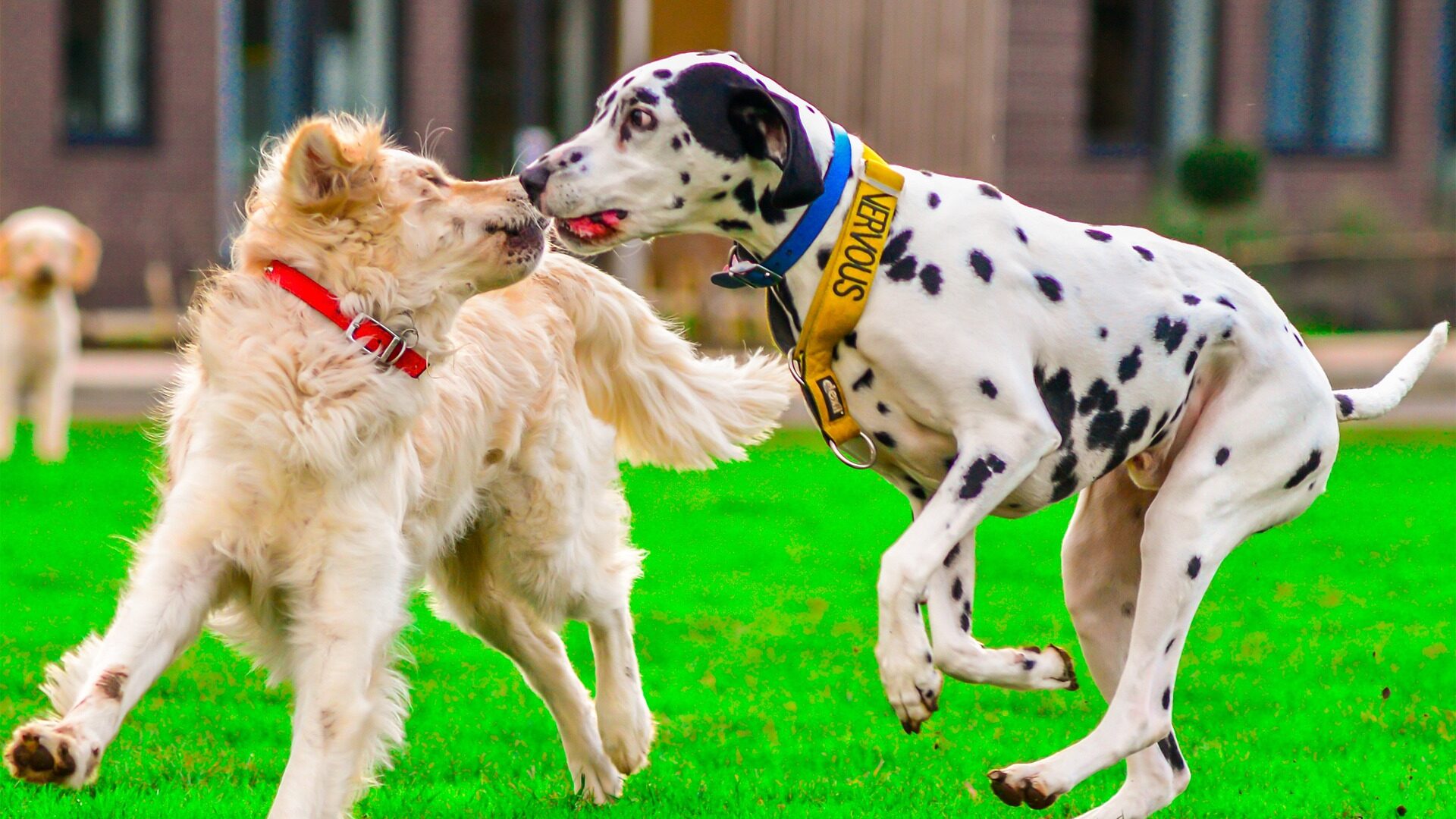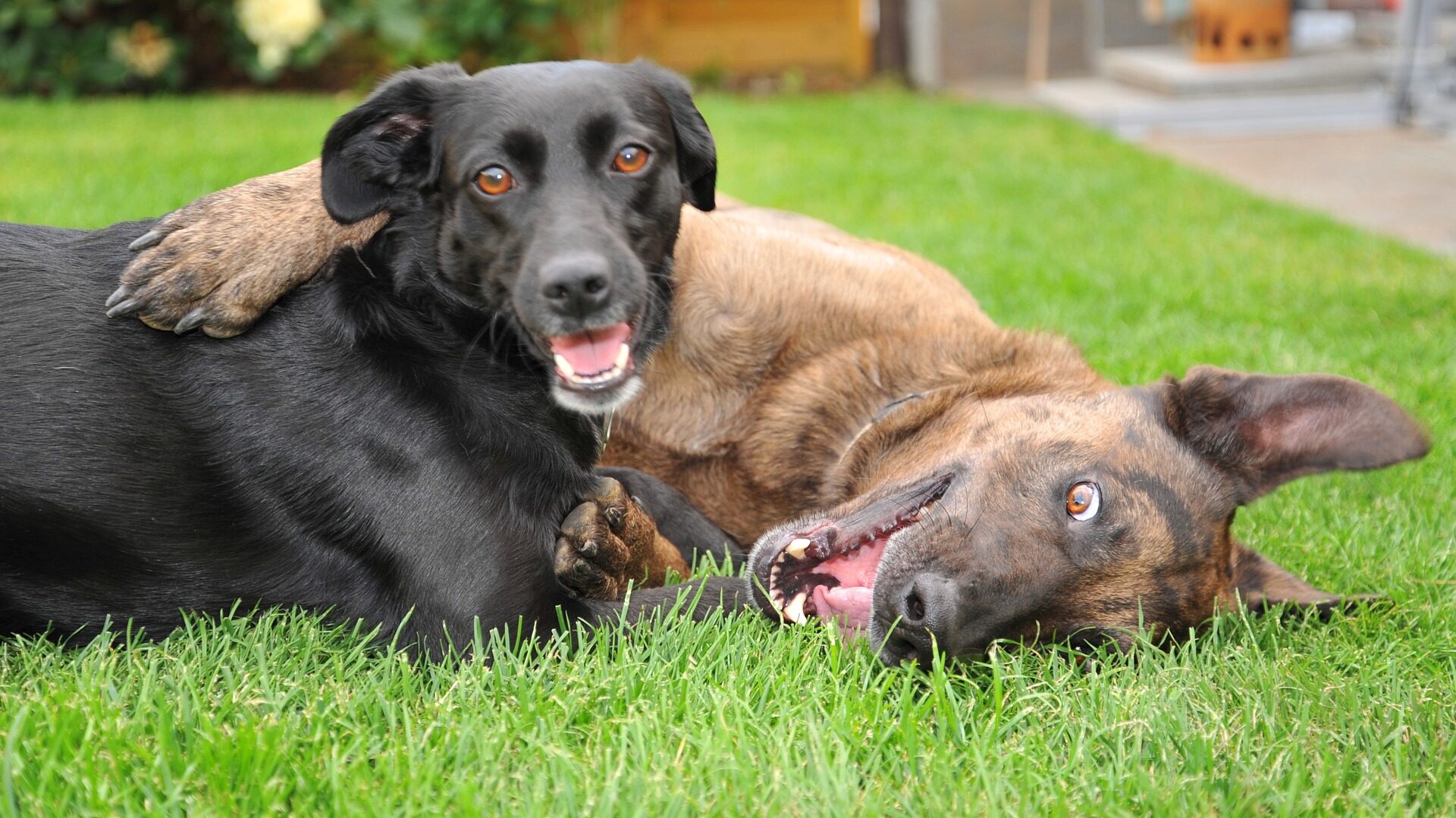Doggy daycares can provide an excellent service for social enrichment and exercise for your dog. But with so many to choose from, how do you know which one is right for you?
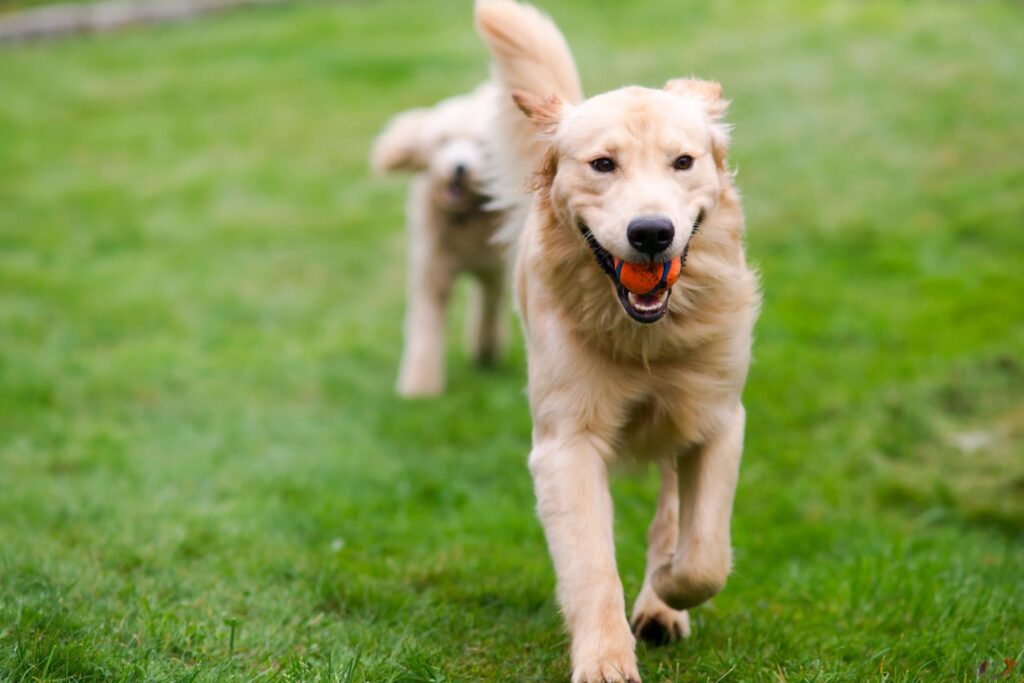
The school year is in full swing, and if you are finding that your dog is restless from being home unattended more often, you’re not alone. Many people choose doggy daycare to help entertain their dogs while they are busy during the day.
I have used a few doggy daycares for my own dog, recommended it for client dogs, and have worked in three different locations myself.
It is important to find the right daycare and boarding service, but I often find many people don’t know what to look for when choosing between daycares.
It can be a really tough task since so much happens behind the scenes for the comfort and safety of dogs and humans. It’s important to know the questions to ask so you can find the right facility for you and your dog.
If you are looking into this service for your own dog and don’t know where to start, you’ve come to the right place. While no facility can be perfect, it’s important to make sure the facility can address these following questions with answers that make you comfortable. What one dog needs may be different from what another needs when it comes to daycare.
Here is part one of my recommended questions to ask your doggy daycare facility and why they matter. These questions in part one focus on playgroups. Listen carefully to the answers and you will get a sense of the right place for you.
How does the facility set up playgroups?
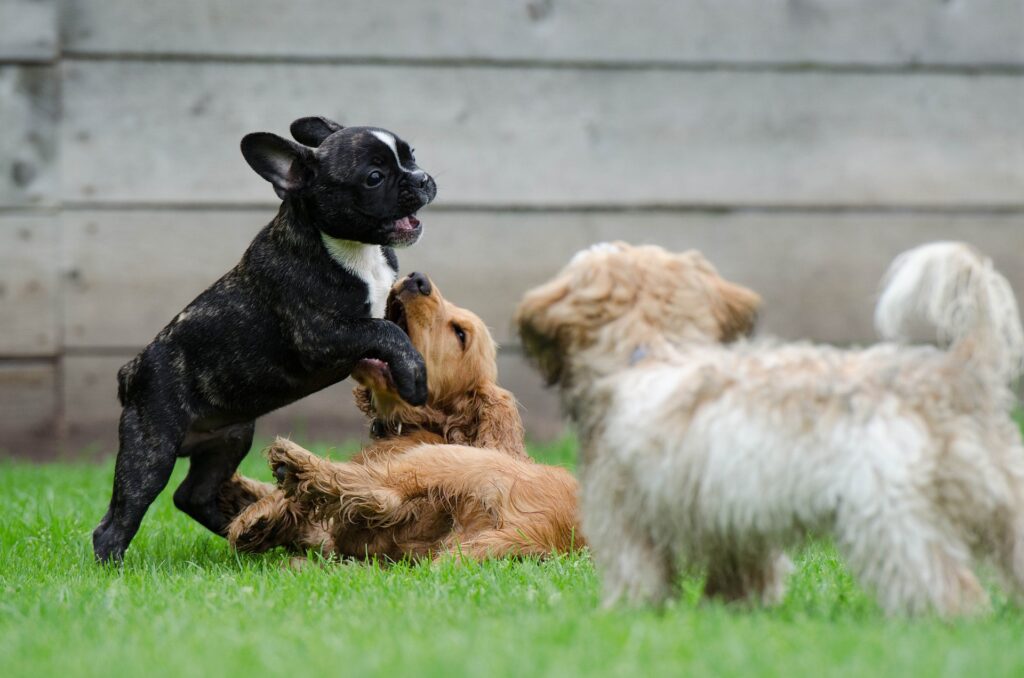
The first answer you are looking for is a safety component. You want to hear that the size of the dogs matter. While lots of bigger dogs live with little dogs at home and do just fine, it is important to remember that dogs coming to play can unintentionally hurt each other. Make sure that you are assured size plays a role when separating dogs out. If there is any conflict between dogs, it is a lot safer for the dogs and staff to resolve that conflict if there isn’t a big size difference. Plus, we don’t want the little kids getting trampled by the big kids when they run around.
The second part of the answer you are looking for is how they set up for temperament. Some facilities will have a “slow” yard set up for dogs in their senior years or who like to quietly hang out for the day. Other facilities like to mix in the yards so they don’t put all the rambunctious kids in one yard.
While all the rambunctious kids playing together sounds fun, having too many in a yard at once can cause chaos and upset. Most facilities are expecting energetic young dogs to come to daycare, so they are no stranger to high energy, but making sure to even out the temperament in a yard is crucial to success.
I’ve personally been in yards where the energy was too high and we needed to separate dogs into different groups because of it. Having a few higher energy kids with the medium energy crowd is good as long as the medium energy kids don’t get stressed. It comes down to a balancing act that seasoned workers figure out as they get to know the individual dogs who come to play.
It is also completely normal for dogs to have different preferences on different days, so knowing the staff will be paying attention to how your dog feels is a good indicator of a quality facility. If your dog is more chill than normal, they might get to hang out with the medium kids or the slow kids for a bit to make sure they are having fun.
What is the ratio of dogs to humans in playgroups?

This question helps you figure out if the facility you are considering is appropriately staffed. Even in quieter groups, it’s important to keep an eye on this number. The more dogs in a group, the more one person has to manage and the more that can get missed.
A person’s attention can only be split so many ways. While the yard attendant is picking up the yard and managing the play between dogs, can they reasonably check in on all the dogs consistently? Some yards that have more dogs will have more than one monitor in the yard to help each other out. Keeping an appropriate ratio makes play yards safer.
As a trainer, I have seen some of the best playgroups managed at a ratio of no more than ten to twelve dogs per yard attendant. While some of this number depends on the temperament of the dogs, having bigger playgroups requires more people in the yard. The biggest appropriate number I have ever seen is fifteen dogs per yard attendant. This is a standard held by the state of Colorado, and many places like to keep that number lower so they can give the dogs more attention and care.
It’s also important to look at the overall space of the play yard. If the dogs don’t have enough room to move away from each other, this can cause conflict. Many resources online suggest having 100 square feet of space per large dog and 50 to 60 square feet of space per small to medium dog in a play yard.
If you need a visual to help you think about this, an average two car garage is a little under 500 square feet (480 square feet to be exact). If you had something slightly bigger than a two car garage, you could potentially fit five large dogs in that play space. This is a minimum to keep in mind, and dogs being able to have more space is ideal. Having seen dogs interact in spaces that were just barely big enough for them, it is best practice to err on a bigger space than a too small one. You want to see that the play yards have areas for dogs to choose to hang out in the wings.
How does the staff assess a dog for playgroup?
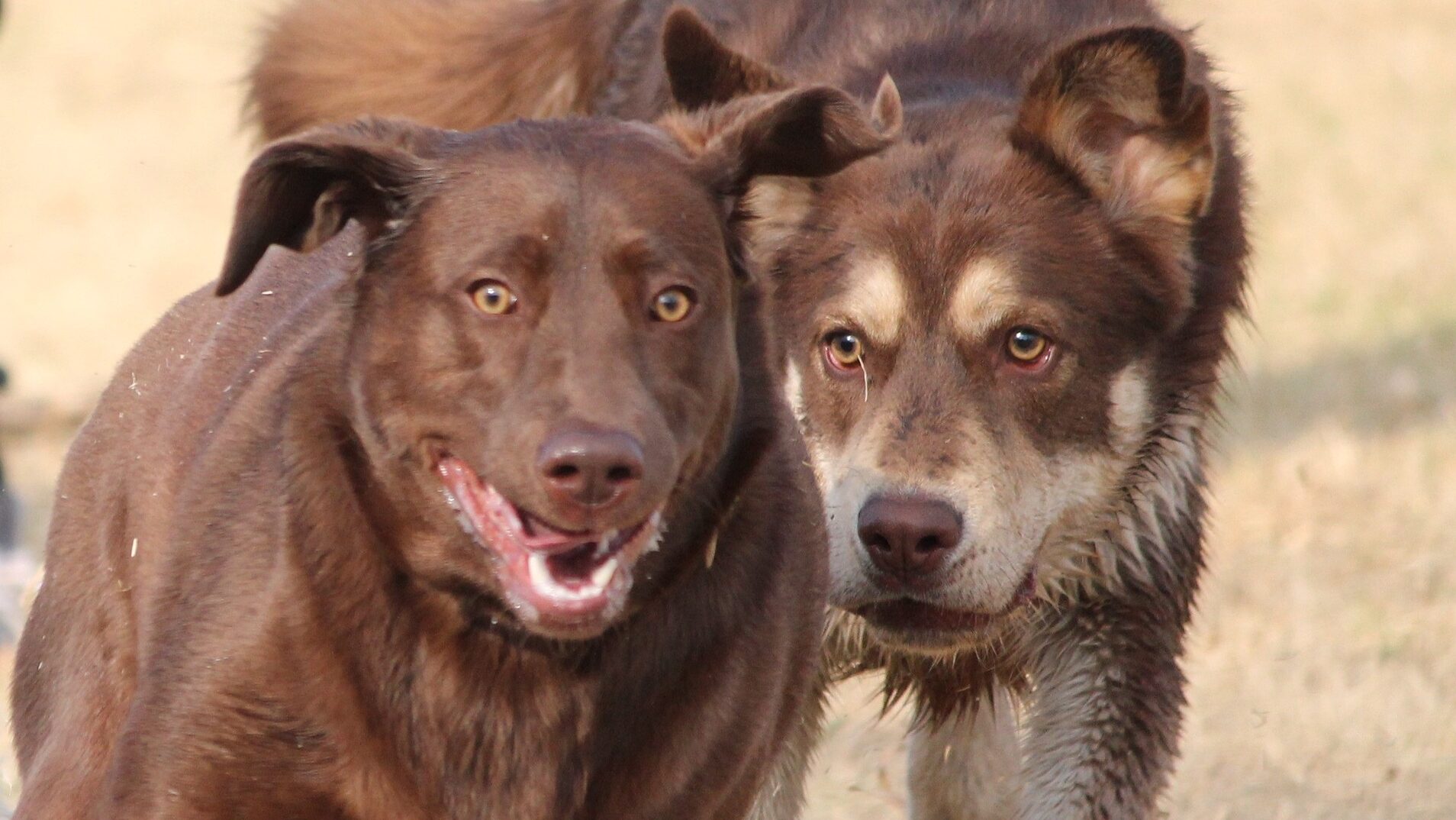
Behavioral history of potential dogs should be taken before the dog is ever introduced to another dog. While some owners may not know the answer to questions or may dance around the answers, most seasoned daycare staff can feel when something is off with a dog based on how the owner dodges questions or based on how the dog is acting in certain situations.
You want the staff to ask you about your dog’s previous dog encounters. You want the staff to ask you what may feel like the same question a few different ways. The staff wants your dog to be able to have a safe and pleasant experience. If the staff is asking you lots of questions, that means that when a new dog comes into their facility, they will be asking questions of them as well to keep your dog safe.
The staff should ask about experience with other dogs, previous socialization done, and about any potential issues with guarding food, humans, or toys. They should also be interested in the overall physical health of the dog.
Questions you should want the staff to ask you include but are not limited to:
- Does the dog have any pain issues or previous injuries that the staff needs to be aware of to make sure the dog gets the correct amount of breaks?
- Has this dog ever been attacked by another dog before or had any signs of aggression toward humans or dogs?
- Does the dog have issues when being physically handled by people in the way of putting on a slip leash, holding a collar, or inspecting sensitive areas of the body like their paws or face?
- Does the dog need some extra time to get to know the staff one on one to develop trust?
Making sure a dog is the right fit for daycare is the responsibility of the staff, and while humans can’t be perfect, experience and education in this field can help the staff make the right choices. It is also the responsibility of the staff to continually evaluate the dogs in their care to make sure they are staying happy and healthy. A dog who started out loving daycare when they were younger may want more down time when they are older, and that is perfectly fine.
If your dog is the type to need a quieter space, it’s good to see if the daycare you’re looking at can provide that for your dog. Many daycares are really good for outgoing and energetic dogs and not all dogs fit that mold. If your dog needs a chill daycare space, it’s good to ask if that is an option for your particular dog.
Asking the staff what their behavioral assessment looks like when introducing a new dog to other dogs at daycare is important. You want to know they have best practices in place for getting a new dog introduced. This should involve introducing the new dog to a friendly dog in a safe way, and not just putting the new dog in the fray around all the other dogs in the yard. Based on the behavioral questions asked, staff should look at introducing a potential play mate or easy going dog. If body language checks out, slowly adding in new dogs to the yard is done with more than one staff member in the yard to help out if necessary. Some dogs also need more time taken for this process and having a staff who knows that is crucial.
If you know your dog may need more time, make sure to ask what the process looks like for them. Some dogs hit the ground running when it comes to social play with other dogs. Others may need more adjustment time with smaller playgroups. Some daycares are set up to do this slower process while others are not, so asking about this can help you find the right place for your particular dog.
What kind of training does the staff receive on dog body language and communication?

I cannot stress this question enough. Knowing dog body language is a must for all professionals in the dog care industry, be it dog trainers, veterinarians, or boarding staff. This is a key component to keeping everyone safe.
It is also something I find to be best taught by watching videos, looking at pictures, and then seeing the communication in action with someone experienced. Since staff at a quality doggy daycare shouldn’t be running into a lot of aggressive displays, the education of the team has to be done through other means. The staff should know the warning signs leading up to a disagreement between dogs and be able to notice when things are getting tense.
My first daycare job in college didn’t do this for me when I was a new staff member. I was shadowing more experienced staff, but it wasn’t until after I had shadowed under a dog trainer for my practicum that I learned about body signals dogs use to communicate with each other and us. I watched videos on the subject and saw lots of recorded interactions. I then got to see these signals in action under the direction of my trainer.
When I came back for the summer to my doggy daycare job, I had lots to share with my co-workers and I was a much better yard attendant for it. I also had experience in the daycare that was run by the trainer I was shadowing. When I switched jobs and started training at a different facility that also ran daycare, the head trainer there explained to the staff about dog body language and what to look for.
Just shadowing an experienced staff member is usually not enough. Good doggy daycares take the time to put their employees through training that includes visuals in the way of pictures and videos, and then have employees look at the dogs in their care in action as well to apply that knowledge. It can be hard to teach a new staff member everything you know about dog communication and body language, especially if you are also taking care of the dogs at the same time. So having a set up for how to make sure your staff knows the basics and beyond is crucial.
How does the staff proactively prevent fights/altercations?
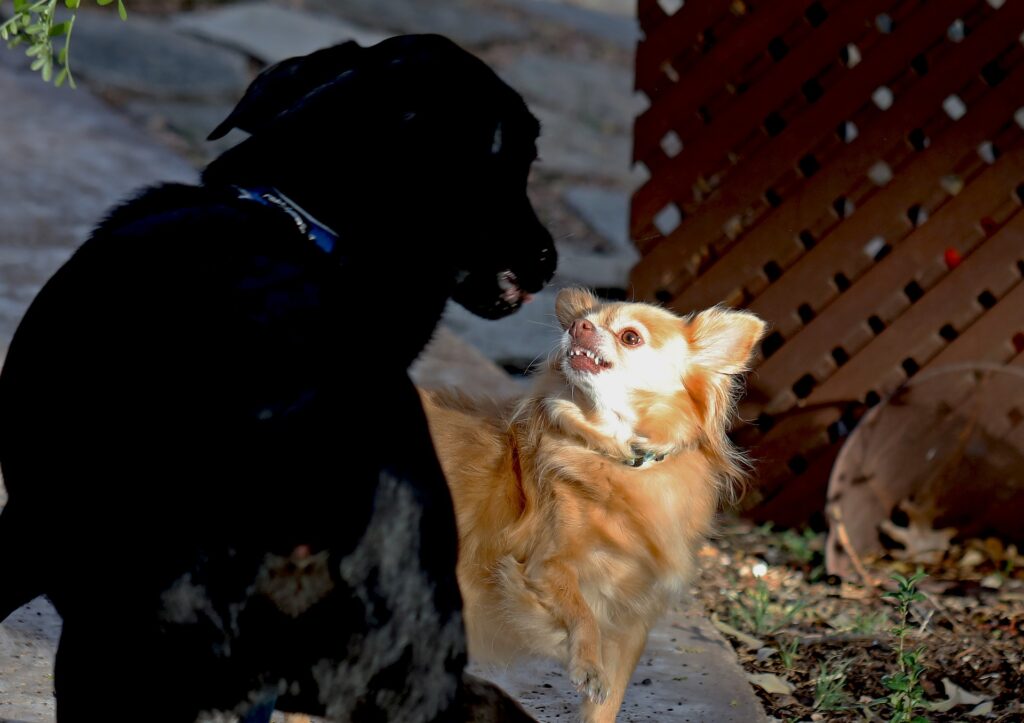
Fights happen. No one likes them and as professionals we do everything in our power to prevent and de-escalate them. The question is not about if fights happen, but how often do they occur and what does the staff do to help prevent them? Being skilled in dog communication, body language, and knowing the dogs in your care prevents fights.
If the staff can see two dogs starting to have problems, do they have the training to step in and de-escalate the situation? What does the staff do after they have de-escalated the situation? Depending on the response of the dogs, it might be appropriate to give one or both dogs a break. Knowing if the dogs are comfortable after things have de-escalated is important, and that skill comes from knowing the particular dogs and what they are trying to tell you they need.
Another factor in preventing fights is making sure to consistently evaluate dogs in playgroup. A dog who had a lot of fun playing in a more rambunctious group when they were younger may not like that group as they get older. It is important to evaluate the dogs’ play styles to make sure that all dogs are enjoying themselves. Making the call to switch a dog into a different group can make all the difference. Sometimes dogs have bad days as well and just need a more chill environment. Having a protocol to follow for dogs who may be having an off day is important.
Communicating this with you is also necessary. Sometimes dog professionals who get to know your dog well can notice when something isn’t right and can tell you about it. There have been a few times that dogs have gone to the vet when acting strange at daycare and the vet finds something that might have been the trouble, like a light ear infection. Daycare staff should feel like a part of your dog’s extended family, and having a good knowledge of dog care, they sometimes have the opportunity to notice problems quicker.
Another easy way to prevent fights or altercations is to be aware of resources, such as toys and food. If there are toys in the yard and there are dogs who don’t like to share or dogs who are known to steal toys, this can cause issues quickly. Some daycares have a strict no-toy policy or have measures in place if they choose to include toys like tennis balls in the yard.
On rare occasions, I have seen daycares that have dedicated space for dogs playing with toys. Some dogs get most of their energy out by playing with toys instead of directly with each other. Providing toy play could make a difference for your dog, so be sure to ask about toys if you think your dog has a specific need. If you know that toys can cause issues for your dog when they are around other dogs, this is also important information to keep in mind when asking about toys being provided in play yards.
Policies on food in the play yards is also something to ask about. If people are bringing food into the play yards, and the dogs start to notice, this can cause escalation. Make sure the staff are asking you questions about your dog and resources. If they are doing that, that means they are keeping an eye out for potential issues and keeping everyone safe in the process.
If there is an incident, what protocol is followed?

Accidents happen when dogs are having fun. Sometimes injuries or issues crop up when a dog slips or tumbles the wrong way. Not all issues are due to fights breaking out in the playgroup.
However, no matter the injury, it’s important to know how you’ll be informed about incidents that happen regarding your dog during their time at daycare. Quality daycares will have a policy in place where taking the dog to the vet for life-threatening or severe injuries is the first step before calling you. While this is unlikely to happen, staff having a protocol for this is important. In most places I have worked, a staff member takes the dog to the preferred vet, closest vet, or emergency vet depending on the severity of the issue, while another staff member calls to inform the parent about what is going on.
For less severe situations, you may be called first while your dog gets some first aid to see if you would like to take them yourself by picking them up early or if you would like a staff member to take them for you, if at all. Some injuries are minor and just require some first aid. The staff should let you know about them when they happen.
If the incident happened between two or more dogs due to an altercation, the dogs should be separated, cared for, and treated as protocol calls for. After that, it is important to know what the staff does to keep the issues from arising again. Staff should look at cameras to see what happened and what can be done in the future. They should look at the dogs in question and have an evaluation process for the dogs to assess their behavioral needs for playgroup.
Also knowing that the staff has been trained to break up a fight is important. It is a disservice to the dogs and the people if such training has not been done. Ask about the training provided to the staff members. It is never a comfortable topic to approach, but knowing that the staff is trained in handling these situations means that on the rare occasion that they happen, everyone will stay as safe as possible.
Choosing a daycare and boarding facility can feel overwhelming. It’s hard to know what questions to ask when you’re not sure where to start. To boot, you know you want the best for your dog. Daycare can be such a wonderful service for so many dogs. We hope these questions about playgroups can get you started in the right direction. Be on the lookout for our following posts about more important questions to ask. Until then, happy training and enjoy time with your dog!
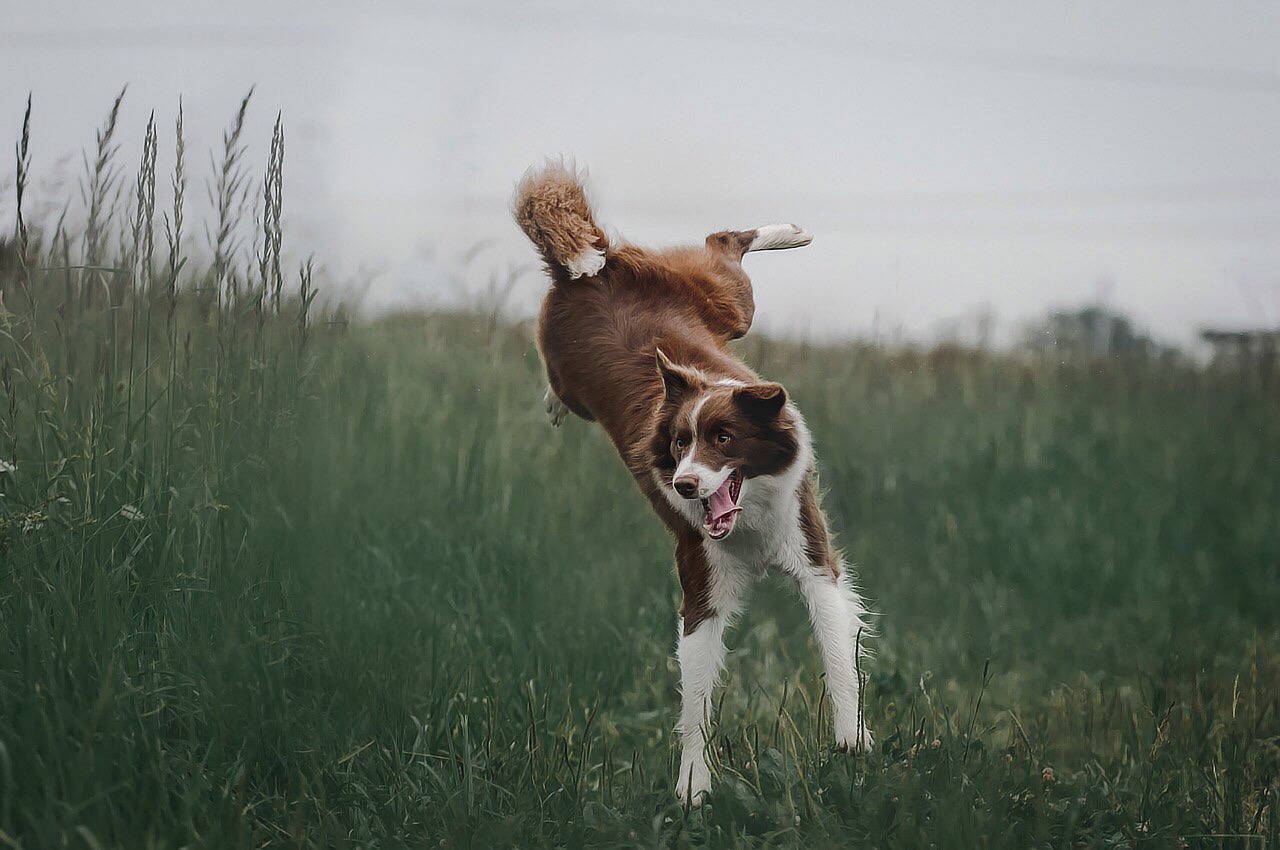
Need your high-energy dog to listen to you out in the world? We can help you with that.
Message us to set up your free initial consult to get started on a path to connecting with your dog.











